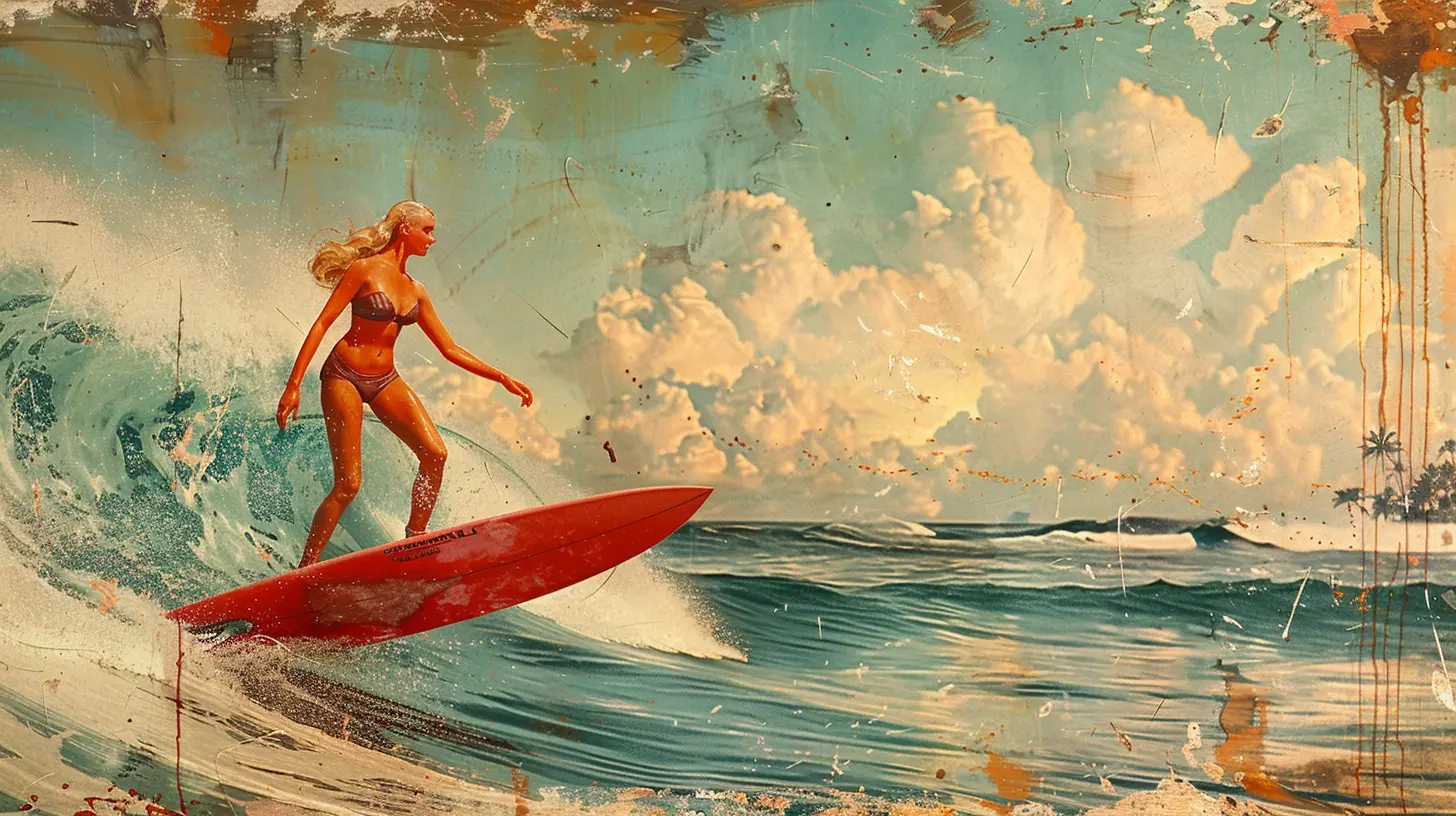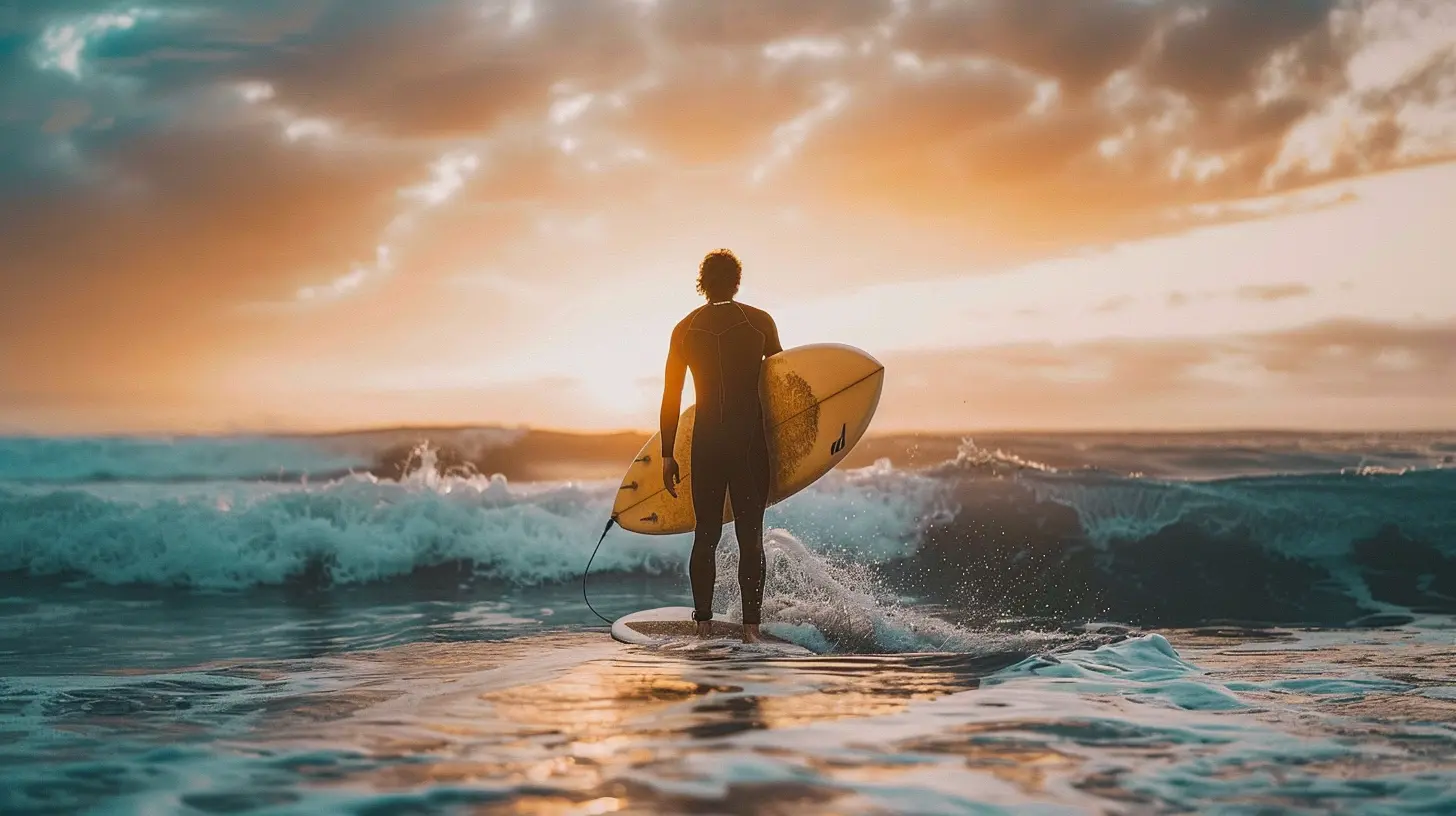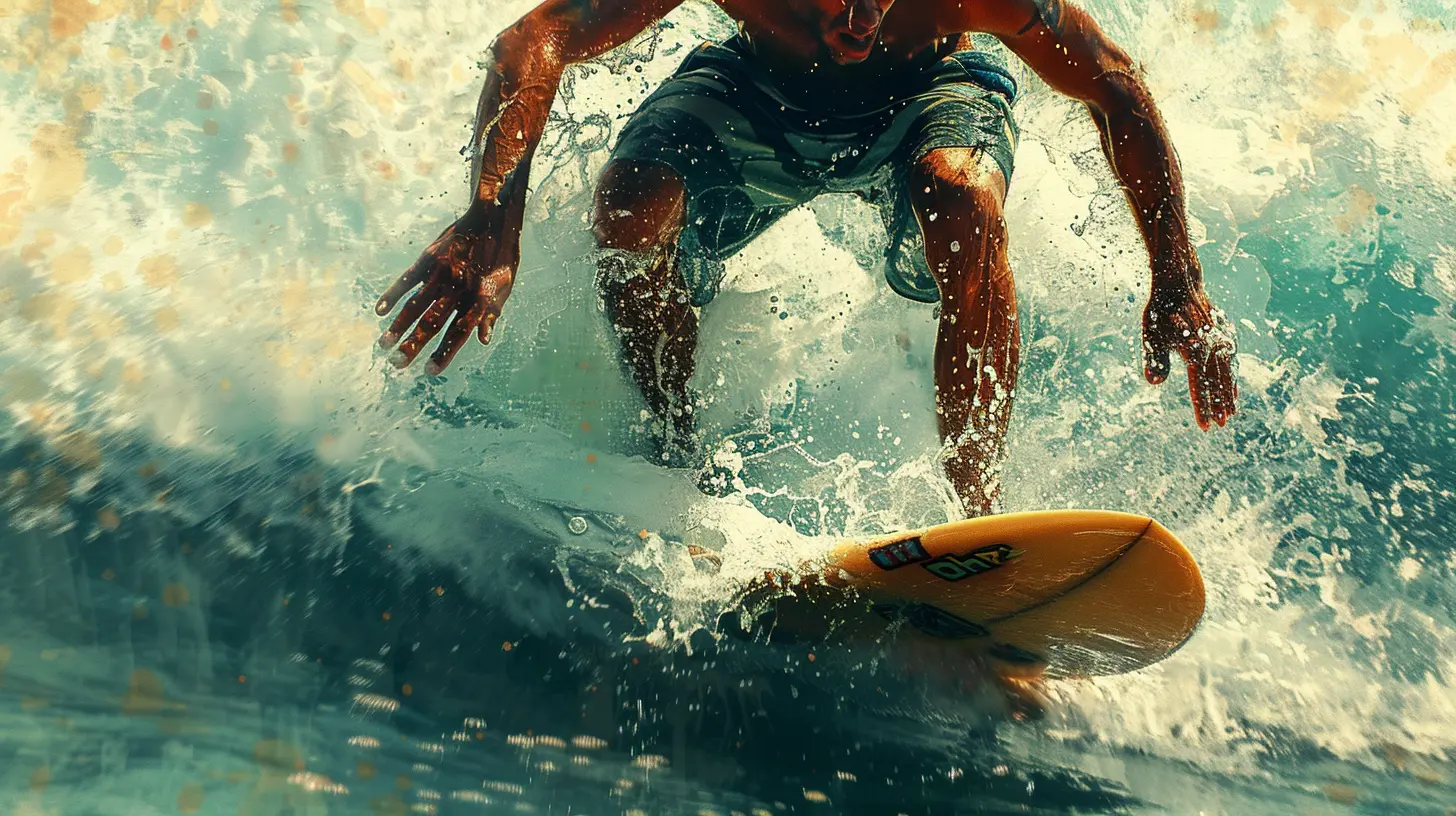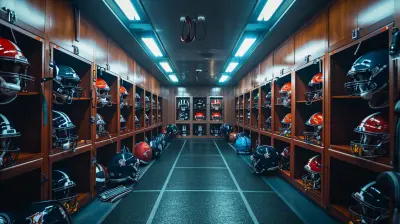How to Transition from a Longboard to a Shortboard
15 June 2025
So, you’ve been cruising on your longboard for a while now—catching waves with ease, gliding effortlessly down the line, and having an all-around blast. But lately, something’s been tugging at the back of your stoke-filled mind: the shortboard. It's fast, nimble, and, if we’re being honest, a little intimidating.
If you're toying with the idea of switching things up, you’re in the right place. Transitioning from a longboard to a shortboard is like trading in your comfy cruiser for a sportscar. It’s a whole different ride—but one that can seriously up your game in the lineup.
Let’s break it down and walk through how to make the leap without wiping out your confidence... or your sessions.
Why Make the Switch?
Before we dive into the how, let’s talk about the why. Why would someone used to the chill vibes of a longboard want to hop on a shortboard?You’re Chasing More Performance
Longboards are awesome for nose riding and mellow turns, but shortboards open the door to sharper carves, steeper drops, and more aggressive surfing.You Want to Surf More Challenging Waves
Shortboards thrive in punchier, hollower waves. If you're starting to crave more power and critical sections, it might be time to downsize.You’re Looking to Evolve Your Surfing
Let’s be honest—progress feels good. Surfing a shortboard pushes your technical skills and keeps the stoke alive by giving you new goals to chase.
Understand the Differences
Switching boards isn’t just a matter of size—it completely changes the way you approach a wave.Volume and Paddling
Longboards are buoyant, stable, and paddle like a dream. Shortboards, on the other hand? They require more effort to paddle and catch waves. You'll need better positioning and timing.Stability and Maneuverability
A longboard feels like riding a Cadillac—smooth and steady. A shortboard is more like a high-performance sports bike: twitchy, responsive, and built for carving.Wave Count
Be prepared for a reality check. You’ll likely catch fewer waves in the beginning. But don’t stress—it’s all part of the process.
Choose the Right Shortboard (Don't Go Too Short Too Fast)
One of the biggest mistakes surfers make is diving headfirst into a tiny potato chip of a board. It’s tempting, especially when you see rippers pulling off airs and snaps left and right. But trust me—this isn’t the moment for ego.Go for a “Step-Down” or Hybrid First
Look for a board with more volume than a traditional shortboard. Options like a fish, funboard, or egg shape are perfect transition boards. Think of it like training wheels, but cooler.Here’s what to look for:
- A board 6–12 inches shorter than your longboard
- Wide outline for easy paddling
- Thick rails for forgiveness
- Soft rocker for better glide
Volume Over Length
Focus on volume, not just length. A 6’6” shortboard with 40 liters of volume is going to feel very different from a 6’6” with 28 liters. More foam = easier paddling and more wave-catching.
Hone Your Paddling Technique
Let’s get real—paddling on a shortboard is tough. The lower volume means less floatation, and that makes everything harder... at first.Paddle Smarter, Not Harder
Position yourself right. On a shortboard, you’ll need to lie slightly farther forward than you would on a longboard. Too far back, and you’ll drag; too far forward, and you’ll nose-dive.Learn to read the waves better. You won’t have as much time to get into position, so anticipation becomes your best friend.
Adjust Your Pop-Up Game
Another big adjustment? The pop-up. On a longboard, you often have that extra second to get to your feet. A shortboard demands quickness and precision.Keep it Snappy
You need to explode to your feet in one fluid, fast motion. Practice this on land—get it into your muscle memory. Your success often hinges on how fast you get up.Pick the Right Conditions
Don’t go charging double-overhead barrels your first day on a shortboard. That’s just asking for a beatdown.Start Small
Look for waist- to chest-high waves with clean faces. Avoid chop and big crowds. You want forgiving waves that give you time to figure out the board.Go Often
Consistency is key. The more time you spend on your new board, the quicker you'll progress. Even short 30-minute sessions help build muscle memory and comfort.Work on Your Wave Positioning
You’re not going to out-paddle longboarders. Period. So what do you do?Be Sneaky (In a Good Way)
Position yourself where the wave is steep but not crowded. Watch how the swell moves and where it breaks. Getting the lineup dialed is half the battle.Stay Low, Stay Balanced
On a longboard, it's easy to cruise with a relaxed stance. On a shortboard? You’ve got to lower your center of gravity to stay stable.Bend Those Knees
Drop into a "ready" stance—knees bent, back straight, arms loose. Think of it like being a coiled spring, ready to react.Don’t Trash Talk Yourself
This transition is going to involve a lot of falling, missing waves, and brain-frying frustration. That’s normal. You’re not "bad" at surfing—you’re just learning something new.Celebrate Small Wins
Did you catch one wave out of ten? Sick! Did you finally pop up clean? Nice work. Focus on what’s working, not just on what’s not.Mix It Up (Don’t Ditch the Log Just Yet)
Here’s a little pro tip: you don’t have to commit fully from day one. Surf both kinds of boards and let them complement each other.Keep the Longboard in Rotation
Riding your longboard helps keep your wave count high and your stoke levels up. Plus, it gives you an instant confidence boost on days when shortboarding feels like a grind.Cross-Train Your Skills
A longboard teaches flow, line, and reading the wave. A shortboard sharpens reaction speed and precision. Together, they make you a well-rounded surfer.Watch and Learn
One of the best ways to speed up your transition? Watch people who rip. And not just pros—check out surfers who were just like you a few months ago.Study Surf Videos
Notice how shortboarders paddle, pop up, and position themselves. You’d be amazed how much you can learn just by watching intentionally.Get Feedback
Sometimes you don’t know what you’re doing wrong until someone points it out (nicely, of course).Surf With Friends
If you’ve got surf buddies who shortboard, tag along with them. Have them watch you and offer tips.Or, take a lesson with a coach familiar with transitioning surfers. A single session can fix months of bad habits.
Be Patient — The Payoff Is Worth It
Here’s the deal: it’s going to be tough. You’ll probably get frustrated. But if you push through those early sessions, the payoff is gold.Imagine cracking your first hard bottom turn. Or getting under the lip for a quick cover-up. Or just feeling how fast and alive a shortboard rides. That’s what’s waiting on the other side.
And the best part? Every wave you surf gets you one step closer to that feeling.
Final Thoughts: It’s a Journey, Not a Competition
Making the switch from a longboard to a shortboard isn’t a rite of passage—it’s a personal choice in your surfing story. There’s no "right time" or "right way"—just your own path, your own pace, and your own stoke.So take your time, laugh off the wipeouts, and soak it all in. And remember: surfing isn’t about what you ride—it’s about riding with joy.
See you out there!
all images in this post were generated using AI tools
Category:
SurfingAuthor:

Onyx Frye
Discussion
rate this article
3 comments
Claire McRae
Transitioning from a longboard to a shortboard can be both exciting and challenging. Embrace the learning curve and trust the process. Each wipeout is a step toward improvement. Enjoy every ride, and remember to celebrate your progress along the way!
June 19, 2025 at 11:00 AM

Onyx Frye
Thank you for the encouraging words! Embracing the journey is key to mastering the transition. Every wipeout indeed brings us closer to improvement!
Presley Dorsey
Great insights on transitioning from longboards to shortboards! The tips are practical and easy to follow. I appreciate the emphasis on patience and practice—essential elements for mastering this exciting shift in surfing. Thank you for sharing!
June 17, 2025 at 2:55 AM

Onyx Frye
Thank you for your kind words! I'm glad you found the tips helpful. Happy surfing!
Finley McGeehan
Transitioning from a longboard to a shortboard can be challenging yet rewarding. Embrace the journey, be patient with yourself, and celebrate each small victory along the way. You've got this!
June 15, 2025 at 4:27 AM

Onyx Frye
Thank you for your encouragement! Embracing the challenge makes the journey even more fulfilling.



